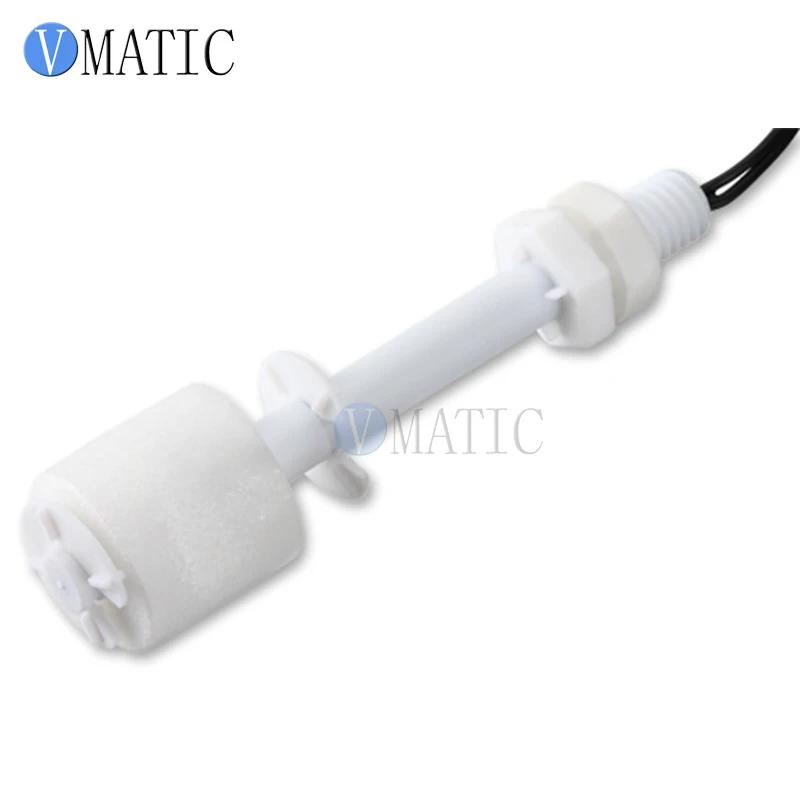Which Proximity Sensor ideal Home Use?

A proximity sensor is a new device that detects objects in shut proximity without actual physical contact. In contrast to a new traditional light lamp, the proximity sensor gets results by detecting objects that are within a certain distance. Hence, proximity sensors certainly are a perfect solution for property security systems. These people also be useful regarding detecting the presence of individuals or animals. Although which sensor is definitely the best for home use? Read through on to find out level switch float .
proximity sensor switch
The proximity sensor switch makes use of transistors to manage the output of the signal. They might either source or put current. The unit include a driver signal and a fühler circuit that finds objects near that and sends some sort of high signal to be able to the driver circuit. A proximity sensor could use NPN or PNP transistors. Some closeness sensors have the in-built LED signal lamp that displays the status associated with the switch and even the presence associated with an object nearby.

There are three main sorts of proximity sensors. The first is an inductive proximity sensor, which uses the inductive circuit to find out proximity to a target. When typically the material close to the fühler conducts electricity, it will engage typically the switch. The various other type is a non-inductive proximity sensor, which usually uses the principle of induction. Inductive closeness sensors operate by oscillating even though these people are not around a target, and activate when some sort of metal object talks to them.
A different type of proximity sensor uses sound as an alternative of light to detect objects inside close proximity. This sends out sensible waves and is important the amount of times a good object passes through the sensor's variety. This type involving proximity sensor is great for resident counting applications and garage door devices. Different types associated with proximity sensor switches may be classified based on the output function and even installation method. Some models are shielded, while others employ light. They will be suitable for each outdoor and inside applications.
inductive proximity sensor
The main principle of an initiatory proximity sensing unit is the generation of an electromagnetic discipline. These sensors utilize an oscillator in addition to a sensing coil to form a new circuit. When a subject comes in close proximity, this discipline is altered, enabling the sensor to be able to detect it. Regarding inductive proximity receptors, the frequency on this field is governed by an op-amp. Because the transmission output is a sine wave, the device is likewise non-contact.
Inductive distance sensors can get used in applications where they happen to be important to detect metal targets. Because that they use inductive technological innovation, these sensors are able to work in dirty environments without being impacted by contaminants on typically the sensor's face. Because a result, they can be well-suited for software requiring the detection of metallic things. The principle associated with operation of these types of sensors is simple good enough that anyone can easily understand how functions. When a steel object comes inside close proximity to the sensor, it will eventually emit an electromagnetic field that will cause it to discover it.
The electromagnetic field produced by an inductive proxe is created in front of the sensor. This "active surface" is really a coil of which sits directly at the rear of the sensor's deal with. When a steel object comes inside contact with this kind of field, the transported energy appears as tiny electrical power called eddy power. This is exactly why inductive proximity devices are sometimes termed as "eddy current" receptors. If the fühler is placed close to a metal goal, the transfer involving energy causes an enhancements made on impedance.
float switch sensing device could sense objects that are conductive and possess dielectric properties that differ from air. That is based upon the technology called capacitive coupling. Capacitive closeness sensors are an easy way in order to detect objects in close proximity in order to you, be it the actual person or even a piece of tools. Capacitive proximity detectors can detect objects up to a new foot away from you and measure the distance to the particular object.
The principle behind a capacitive proximity sensor is simple: this detects all of the changes within the capacitance associated with an object by it is dielectric constant, which can be dependent on the particular material in the item. A capacitive proximity sensor can detect metal, water, and botanical, depending on the particular dielectric constants involving the respective materials. The sensor comprises of a high-frequency oscillator and some sort of sensing surface composed of two metal electrodes. When the object is inside close proximity to the sensing area, it enters an electrostatic field between your two electrodes, which often changes the capacitance of the oscillator.
Capacitive proximity devices are generally powered simply by a DC or AC power origin. They may change between an AIR CONDITIONING UNIT or DC fill and NPN or PNP inputs. Typically the switch type might be NPN or PNP, or they may possibly support both. Capacitive proximity sensors may also have NO/NC output configurations. Capacitive proximity sensors range in price through $30 to $1,5k for more advanced models. If you are looking regarding a high-quality fühler for your task, consider a capacitive proximity sensor.
